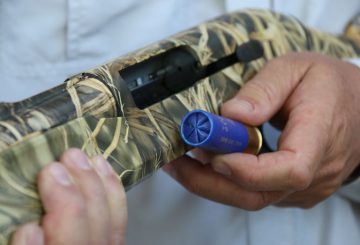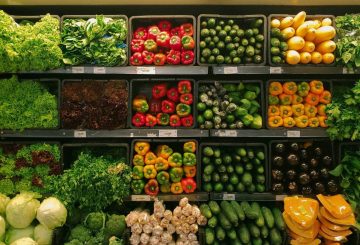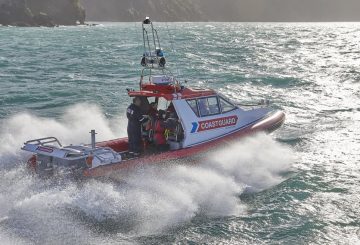More schools have signed up to the government’s donation scheme for 2021 leaving just 99 eligible schools outside the scheme next year.
Education Minister Chris Hipkins said 45 schools were opting into the scheme for the first time next year and five that were in it this year were leaving in 2021.
The scheme introduced this year paid schools in deciles 1-7 $150 per student if they agreed not to ask parents for donations.
Hipkins said of the 1763 eligible schools, 1662 would be in the scheme next year, and 99 would not.
Among those leaving the scheme next year was Spotswood College in New Plymouth.
The school’s principal, Nicola Ngarewa, said the college was worse off by about $100,000 a year in the scheme and that was not tenable.
She said the school was disadvantaged because it was growing quickly and payments from the donation programme were based on the previous year’s enrolments.
“We’re in a roll growth situation so that means that we’re about a 100 students down on what we’re being paid for and what we’ve got on site, so that’s problematic.”
In addition, and more significantly, schools in the scheme could not ask parents for voluntary contributions for course costs.
“We just couldn’t afford to keep the courses running that we needed for our young people.”
Meanwhile, Lynfield College in Auckland had opted to join the scheme next year after remaining outside it this year.
The school’s principal, Cath Knell, said the school had been unsure how the scheme would treat its large number of adult students, and about the impact on payments for course costs and trips.
But she said it had now become clear the school’s community had been badly affected by the economic downturn.
“Our families are hurting as a consequence of Covid,” she said.
“Our percentage of donations paid has dropped from around 60 percent to less than 40 percent and we can’t guarantee that we’re going to get that income.”
Knell said it was hard to estimate how much better or worse off the school might be financially, but the school would have less flexibility once it was in the scheme.
“Dollar value, we would be better off, but when you remove the purchase of workbooks and the ability to be able to go on trips, that’s going to increase the budget that is required to be able to deliver some programmes, so we are hoping to at least break even,” she said.
Hipkins said the government would look at the reasons the five schools had opted out of the programme.
“We will spend a little bit of time understanding what’s caused those who were previously in to opt out and we’ll see whether any refinements to the scheme need to be made based on that.”
He said more schools had joined the scheme than left it, and he suspected the pandemic might be a contributing factor.
“In the Covid-19 environment, the extra revenue sources that schools might have had are starting to dry up. Parents aren’t in the position to make the donations they’ve been making in the past,” he said.
He said that might also be a problem for schools in deciles 8, 9 and 10, which were not eligible for the scheme.
“We will be looking very closely at what the actual revenue patterns are for schools who aren’t part of the scheme to look at whether or not they are significantly disadvantaged as a result of the economic downturn,” he said.
“If we do see that they are losing significant amounts of revenue from less donations from parents, then obviously we’ll take that into consideration.”






























































